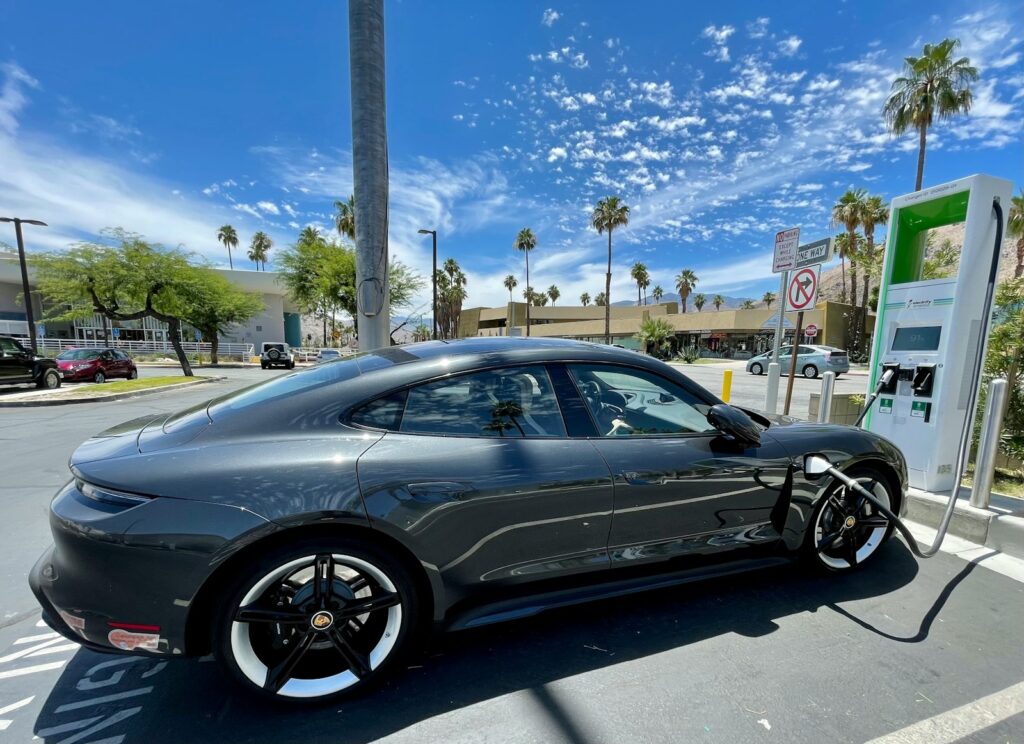A High-Stakes Energy Revolution
Innovation in energy storage is driving one of the most consequential technological shifts of our time: the race to engineer the next generation of electric vehicle (EV) batteries. This is not a minor upgrade but a reimagining of how energy is stored and delivered, critical to accelerating the transition away from fossil fuels. The outcome will determine how effectively societies can combat climate change, given the lower carbon footprint of EVs compared to gasoline-powered vehicles.
From exhibition halls in Shanghai to research labs in Detroit, breakthroughs in battery design are reshaping global competition. Nations and companies are investing heavily in chemistry, materials science, and manufacturing scale, knowing that success will influence consumer adoption, economic strength, and environmental sustainability.

Lithium-Ion Foundations and China’s Manufacturing Lead
The modern EV movement rests on lithium-ion technology, first invented in the United States. Its higher energy density compared to earlier batteries enabled lighter, longer-range vehicles and powered decades of consumer electronics.
As demand surged, China seized the opportunity to dominate production. Backed by deliberate national policies and vast investments in research and development, Chinese companies became the world’s largest battery manufacturers. Today, Chinese automakers unveil new products at remarkable speed, with more than half of new cars sold domestically now equipped with a plug. Bob Galyen, a retired executive with GM and CATL, explains, “Unquestionably, the Chinese are ahead in manufacturing technology,” pointing to reinvested profits that accelerate innovation.

Flash Charging: Redefining EV Convenience
One of China’s most striking innovations is “flash charging,” which promises to erase range anxiety and long wait times. At the Shanghai Auto Show, BYD demonstrated charging at an unprecedented 1 megawatt, surpassing Tesla’s Supercharger system.
The result is extraordinary: vehicles gaining 400 kilometers of range in five minutes. A BYD engineer highlighted the speed vividly: “Charging a mobile phone is slower. We’re faster.” This leap positions EV charging to match or even outperform traditional gasoline refueling, a potential turning point in consumer adoption.

U.S. Innovation: GM’s Lithium Manganese-Rich Battery
American automakers are pushing back with new approaches tailored to local markets. General Motors recently announced a lithium manganese-rich (LMR) battery developed with LG Energy Solutions and planned for release in 2028. Designed for affordability and extended range, the battery increases manganese content while reducing costly nickel and cobalt.
This adjustment strengthens supply chain stability and lowers costs, aligning with consumer preferences for larger vehicles and longer drives. The work illustrates how U.S. companies are refining existing lithium-ion technology while balancing performance, price, and sustainability.

Reinventing the Battery Recipe
GM’s approach exemplifies how engineering progress can emerge from rethinking proportions and processing methods rather than inventing entirely new elements. As battery engineer Andy Oury notes, “It’s all about: How much of each ingredient, how do you process it, how do you mix it?” Just as the same ingredients can produce very different recipes, slight shifts in chemistry can produce batteries with longer life, greater efficiency, and lower costs.
Such refinements require years of trial, testing, and meticulous adjustment. Researchers in Detroit are working to optimize every aspect of composition and processing, aiming to deliver batteries that are not just functional but purpose-built for affordability and endurance.

Solid-State Promise and Toyota’s Vision
While incremental improvements matter, the industry is also betting on transformative technologies. Solid-state batteries, which replace liquid electrolytes with solid materials, are celebrated for their safety, compactness, and potential to store far more energy. They could one day power EVs for 750 miles on a single charge, last 30 years, and recharge in under 10 minutes.
Toyota, long cautious on EVs, is now pursuing leadership in this field. Partnering with Idemitsu Kosan, the company plans to release a solid-state battery offering up to 745 miles of range and charging times under 10 minutes. If successful, Toyota could reset industry benchmarks and reshape consumer expectations.

Exploring Lithium-Metal and New Architectures
Beyond solid-state, lithium-metal batteries offer even higher energy density. By using solid lithium metal instead of graphite in the anode, they could double vehicle ranges or significantly reduce battery weight. Boston University researcher Emily Ryan notes, “Instead of charging it every day, you would charge it once a week. Or in a car, you might get 600 miles instead of 300 miles.”
Yet the technology faces hurdles, particularly dendrite formation that undermines safety and lifespan. At the same time, engineers are exploring radical redesigns of battery architecture itself. Interdigitated electrode structures, for instance, can shorten ion travel distance, allowing for both higher energy density and faster charging. Scaling these designs into mass production remains a challenge, but progress in material testing is moving the field closer to commercial viability.

Beyond Batteries: Alternative Energy Storage
Efforts are also expanding beyond electrochemical cells. Researchers are investigating thermal storage systems that convert renewable electricity into high-temperature heat stored in ceramics. This energy can be released later for industrial use or converted back into electricity, offering a cheaper solution for grid stability.
Other experimental ideas include storing energy in cement or using rust-reversible iron reactions. While speculative, these approaches reflect the urgency and breadth of innovation required to secure reliable, large-scale renewable energy storage.

Policy and Geopolitics: Shaping the Future
Government policy is now a central driver of industry change. In the United States, the Inflation Reduction Act and Infrastructure Investment and Jobs Act tie tax credits for EVs to sourcing requirements for minerals and domestic manufacturing. By 2029, EVs must use 80 percent allied-sourced minerals and 100 percent North American components to qualify for full credits.
This has spurred companies to secure new supply partners and expand domestic facilities. Panasonic Energy, for example, plans to produce batteries from recycled nickel in Nevada by 2025. For GM and others, reshaping supply chains is both a sustainability necessity and a competitiveness strategy.

Competition, Collaboration, and the Road Ahead
The battery race is marked by both rivalry and cooperation. China leads in manufacturing and rapid charging, while U.S. companies push innovation through smaller, agile research teams. Despite geopolitical tensions, business realities often encourage collaboration, as seen in Ford licensing CATL technology for U.S. production.
The broader challenge is achieving a balance between sustainability and affordability. As Benjamin Sovacool of Boston University argues, inexpensive and truly sustainable batteries cannot coexist without coordinated effort. That requires global alliances, robust recycling systems, and chemistries that rely on more abundant materials.
The outcome of this race will shape not only the future of transportation but also the health of the planet. Success depends on combining technological breakthroughs with ethical practices, resilient supply chains, and accessible costs—charting a path toward a world where electric power is both practical and sustainable.





